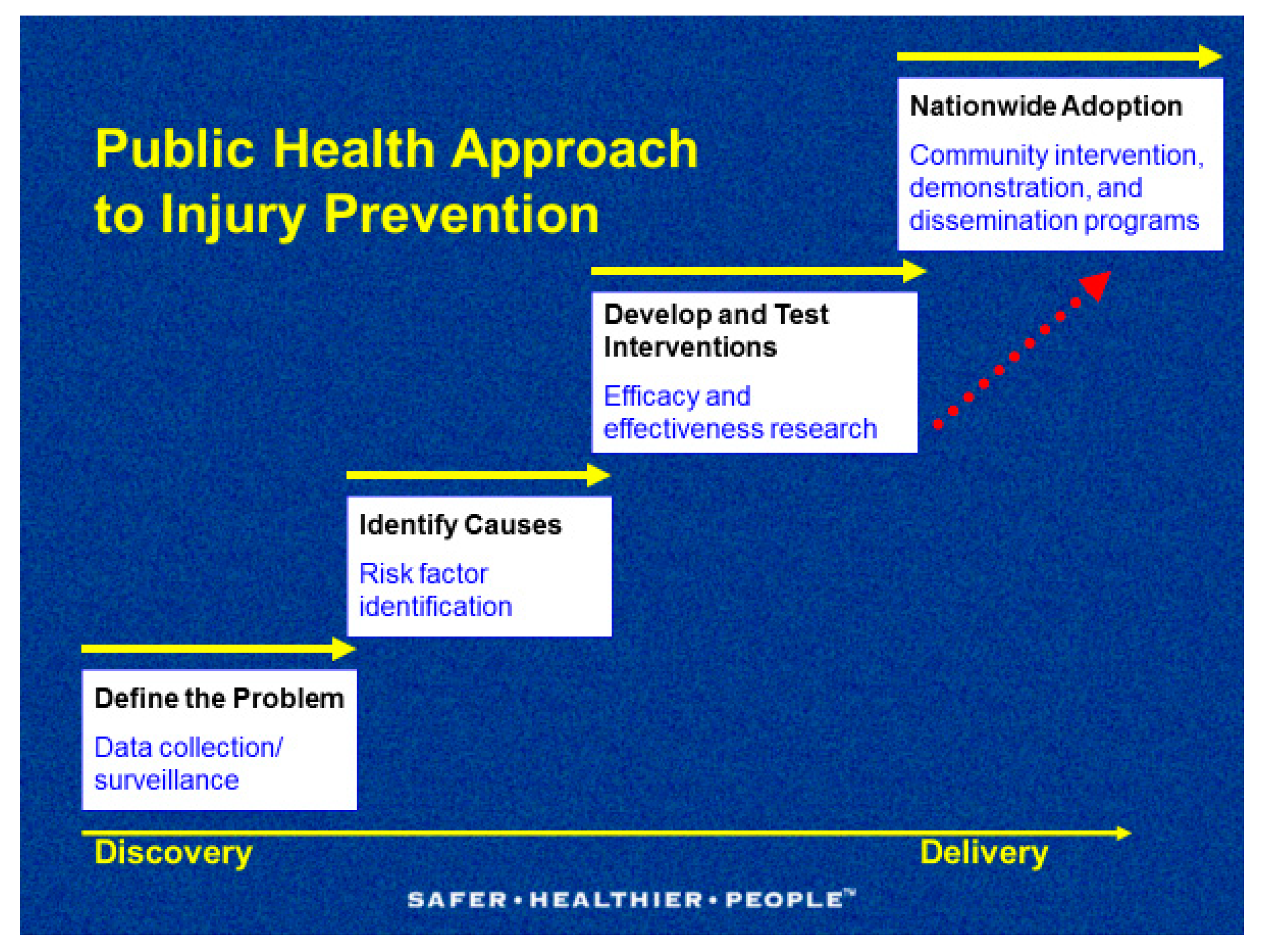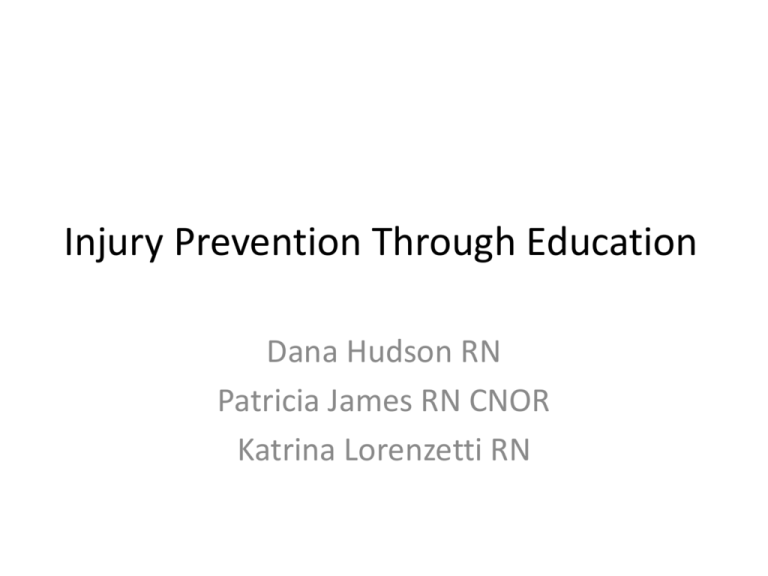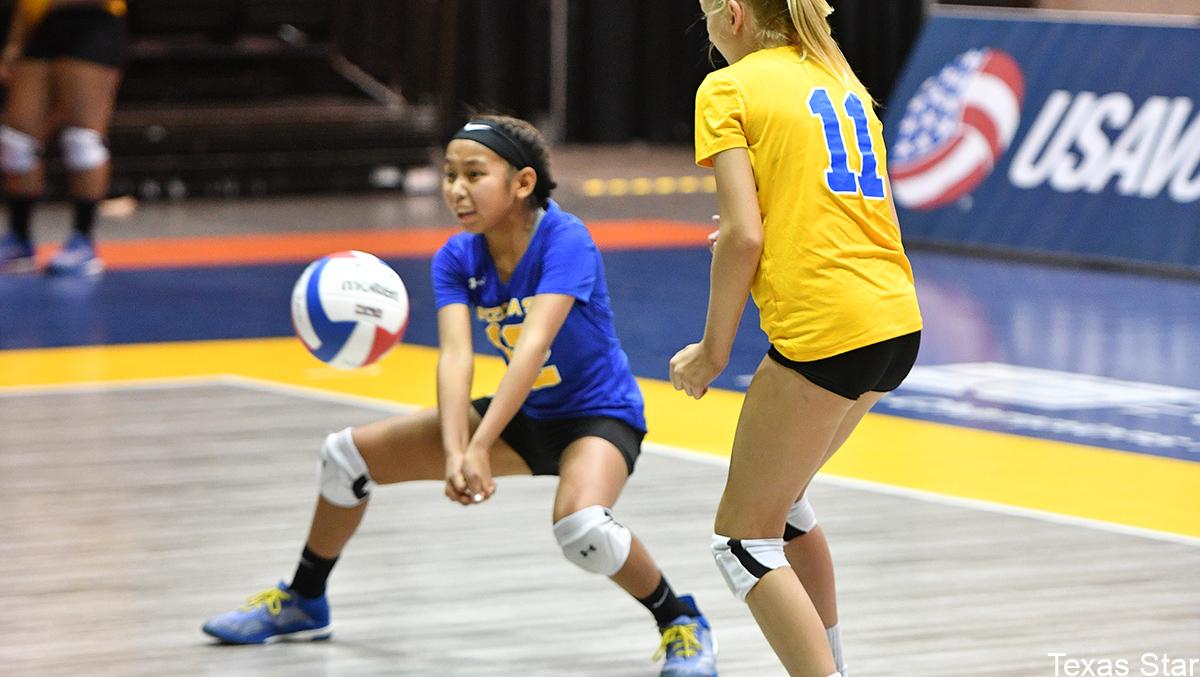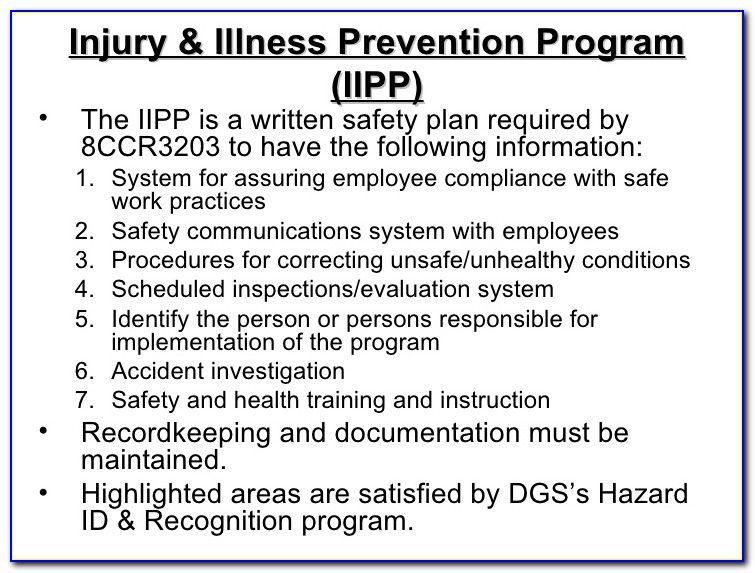An Example Of Injury Prevention Through Regulation Is:
An Example Of Injury Prevention Through Regulation Is: Preventing injuries in sports and physical activities is a crucial aspect of maintaining a healthy and safe environment for athletes. One effective method of injury prevention is through the implementation of regulations and guidelines. By imposing rules and standards, organizations and associations can help reduce the risk of injuries and promote a safer environment for everyone involved. In this article, we will explore the role of regulation in injury prevention through a professional lens. Title: Injury Prevention Through Regulation - A Step Towards a Safer Sports Environment Introduction: Injuries are an unfortunate part of sports and physical activities, but they can be mitigated through the establishment of regulations and guidelines. By enforcing specific rules, organizations aim to protect athletes from harm while ensuring fair competition. In this article, we will examine the role of regulation as an effective method of injury prevention. Join us as we explore the importance of regulations and their impact on promoting a safer sports environment. Subheading 1: Understanding the Significance of Regulations in Injury Prevention Regulations play a crucial role in injury prevention by establishing a standard protocol for various activities. These guidelines ensure that participants are aware of the rules and regulations governing their sport. By adhering to these regulations, athletes are less likely to engage in practices or behaviors that may lead to injuries. Let's take a closer look at the impact of regulations on injury prevention in different sports. Subheading 2: The Role of Regulations in Specific Sports 2.1 Volleyball: Promoting Safety on the Court Volleyball is a popular sport requiring players to perform rigorous movements, which can lead to various injuries. However, the USA Volleyball association has implemented regulations to minimize the risk of these injuries. These regulations address critical aspects such as proper technique, equipment standards, court conditions, and player conduct. With these regulations in place, athletes can enjoy the sport while reducing the likelihood of injury. Image 1: [Insert Image] Caption: Proper technique and adherence to regulations can help prevent injuries in volleyball. 2.2 Basketball: Ensuring Safe Play on the Court Basketball is another high-impact sport where regulations have proven effective in injury prevention. The National Basketball Association (NBA) has established regulations focused on player safety. These rules cover aspects including physical contact, equipment safety, and court conditions. By enforcing these guidelines, the NBA strives to create a safe playing environment, reducing the risk of injuries for athletes. Image 2: [Insert Image] Caption: Regulations in basketball aim to ensure player safety through rules governing physical contact and equipment standards. 2.3 Soccer: Enhancing Safety Through Regulations Soccer is a globally popular sport that requires players to engage in physically demanding activities. To prevent injuries, governing bodies such as FIFA have implemented regulations focusing on player safety. These regulations cover areas including tackling techniques, playing surface quality, and equipment standards. By adhering to these guidelines, soccer players can enjoy their sport while minimizing the risk of injury. Image 3: [Insert Image] Caption: Regulations in soccer address concerns such as tackling techniques and playing surface quality to enhance player safety. Subheading 3: The Impact of Regulations on Youth Sports Ensuring the safety of young athletes is of utmost importance. Youth sports organizations have recognized the significance of regulations in injury prevention and have implemented rules specifically tailored to cater to the needs of young participants. Let's delve into the impact of regulations on youth sports safety. 3.1 Little League Baseball: Safeguarding Young Players In Little League Baseball, regulations are in place to ensure the safety and well-being of young players. These regulations cover areas including player eligibility, equipment standards, and coaching guidelines. By enforcing these regulations, the Little League organization aims to create a safe and positive environment for young baseball enthusiasts. Image 4: [Insert Image] Caption: Regulations in youth baseball address player eligibility and equipment standards to safeguard young players. 3.2 Youth Gymnastics: Mitigating Injury Risks Gymnastics requires precise movements and exceptional strength, making regulations essential to prevent injuries. Youth gymnastics organizations have implemented guidelines concerning skill progression, matting requirements, and proper coaching techniques. By adhering to these regulations, young gymnasts can develop their skills safely and minimize the risk of injuries. Image 5: [Insert Image] Caption: Regulations in youth gymnastics address skill progression and matting requirements to mitigate injury risks. 3.3 Youth Soccer: Nurturing Young Talent Safely Youth soccer leagues prioritize the safety and development of young players through the enforcement of regulations. These regulations focus on areas such as player age requirements, field dimensions, and coaching guidelines. By implementing these rules, youth soccer organizations aim to provide a nurturing environment for young players, ensuring their growth and safety. Image 6: [Insert Image] Caption: Regulations in youth soccer aim to provide a nurturing environment for young players. FAQ (Frequently Asked Questions) 1. Why are regulations essential in injury prevention? Regulations provide a framework that educates participants about safe practices, minimizing the risk of injuries. By enforcing regulations, governing bodies ensure that athletes understand the potential hazards and adopt preventive measures. 2. Do regulations restrict the essence of the sport? While regulations aim to prevent injuries, they are designed to strike a balance between safety and maintaining the competitiveness and enjoyment of the sport. Regulations are formulated to address safety concerns while preserving the core elements of the game. 3. How can athletes contribute to injury prevention? Athletes can play an active role in injury prevention by familiarizing themselves with the regulations governing their sport, using proper techniques, and adhering to safety guidelines. It is essential for athletes to prioritize their well-being and follow the provided regulations. Conclusion: Injury prevention is a vital aspect of sports and physical activities worldwide. Regulations and guidelines play a significant role in reducing the risk of injuries and establishing a safe environment for athletes. From volleyball to basketball, soccer to youth sports, regulations are designed to protect participants and ensure fair play. By adhering to these regulations, athletes can minimize the occurrence of injuries, allowing them to enjoy sports with reduced risks. Remember, injury prevention is a shared responsibility, and by following and enforcing regulations, we can continue to make progress towards a safer and healthier sports environment.  Image Source : brenna-has-kemp.blogspot.com
Image Source : brenna-has-kemp.blogspot.com  Image Source : www.liquidgym.ca
Image Source : www.liquidgym.ca  Image Source : studylib.net
Image Source : studylib.net  Image Source : usavolleyball.org
Image Source : usavolleyball.org  Image Source : www.targethospitality.com
Image Source : www.targethospitality.com  Image Source : soulcompas.com
Image Source : soulcompas.com  Image Source : stellarconsultingandtraining.com
Image Source : stellarconsultingandtraining.com  Image Source : www.pinterest.de
Image Source : www.pinterest.de
An Example Of Injury Prevention Through Regulation Is - Brenna-has-Kemp
 Image Source : brenna-has-kemp.blogspot.com
Image Source : brenna-has-kemp.blogspot.com Injury Prevention Through Effective Warm Up - The FIFA 11+ Program
 Image Source : www.liquidgym.ca
Image Source : www.liquidgym.ca Injury Prevention Through Education
 Image Source : studylib.net
Image Source : studylib.net Injury Prevention Through Reading - USA Volleyball
 Image Source : usavolleyball.org
Image Source : usavolleyball.org prevention
Injury Prevention Through Cause Analysis And Worker Readiness. - TARGET
 Image Source : www.targethospitality.com
Image Source : www.targethospitality.com Injury And Illness Prevention Plan Template
 Image Source : soulcompas.com
Image Source : soulcompas.com Workplace Ergonomics: Injury Prevention Through Ergonomics – Stellar
 Image Source : stellarconsultingandtraining.com
Image Source : stellarconsultingandtraining.com Pin Auf Cpted
 Image Source : www.pinterest.de
Image Source : www.pinterest.de Pin auf cpted. Injury prevention through cause analysis and worker readiness.. Injury prevention through education. Workplace ergonomics: injury prevention through ergonomics – stellar. Injury prevention through effective warm up